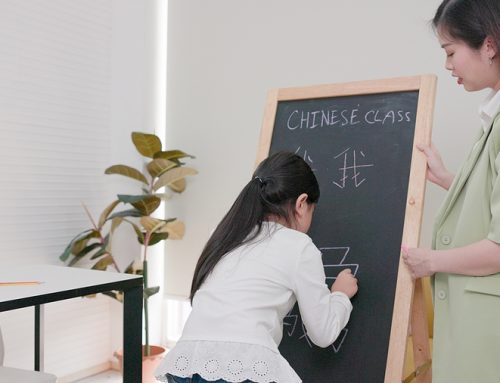There are different learning methods that experts have identified, but one of the most common learning methods is visual learning. Whether you are one of those who learn best with visual stimulation or not, it has been concluded that we learn best by appealing to not just the best learning methodology but towards all our senses. So today, we at Connected Learning have identified strategies that visual learners and non-visual learners can incorporate into their studying processes to sharpen their Chinese proficiency in as little time as possible.
Use of multi-coloured highlighters while studying
Since visual learners take most of their cues from anything artistic in nature, you can try incorporating highlighters in multiple colours into your pencil case. The Singapore Chinese syllabus includes a textbook, but you are also most likely equipped with various supplementary material and notes to go through.
With so many different concepts to learn and memorise, having multi-coloured pens can help you highlight all the essential concepts and bring your attention back to key ideas in future revisions and study sessions. It saves time and allows you to get the most out of all your study sessions as well.
Make flashcards
As you actively try to improve your grasp of the Chinese language, you will undoubtedly be introduced to new and unfamiliar terminologies to further expand your Chinese vocabulary. When this happens, write each new word down into an individual cardboard cut-out or an index card so you can make a language flashcard. Be sure that you include its corresponding meaning to recall it better.
Pro tip: Like multi-coloured highlighters, you can also use index cards in various colours to categorise them into specific classifications.
Make a mind map
Chinese is a very broad language to try and master, and if you’re trying to become proficient at it, you first must go through a comprehensive discussion about its particularities and the ins and outs. These can easily overwhelm you if you just dive right in, which can slow down your progress or, even worse, discourage you entirely. To ensure that this doesn’t happen, illustrate your learnings through a mind map – write down a major topic and classify its subtopics using arrows and shapes. This will help you organise the topics better and give you a more graphic representation of the competencies you need to keep in mind.
Mind maps are especially effective as they condense the essentials into a single piece of paper that can be easily revised and brought up in future revisions. This is essential for big exams that cover a multitude of topics.
Conclusion
Even though Chinese is a very broad and technical language, visual learners can still get the hang of it if they take a more creative direction of learning. To supplement your artistic efforts in mastering the language, you should also try to enlist yourself in a Chinese tuition class if you haven’t already. From professional tutors, a great learning environment and peers to grow in your mastery of the language, we at Connected Learning offer lessons to prepare our students well for their lessons and exams.







